My Husband Has Been Extremely Toxic With Me, Until One Day That Suddenly «Opened His Eyes»

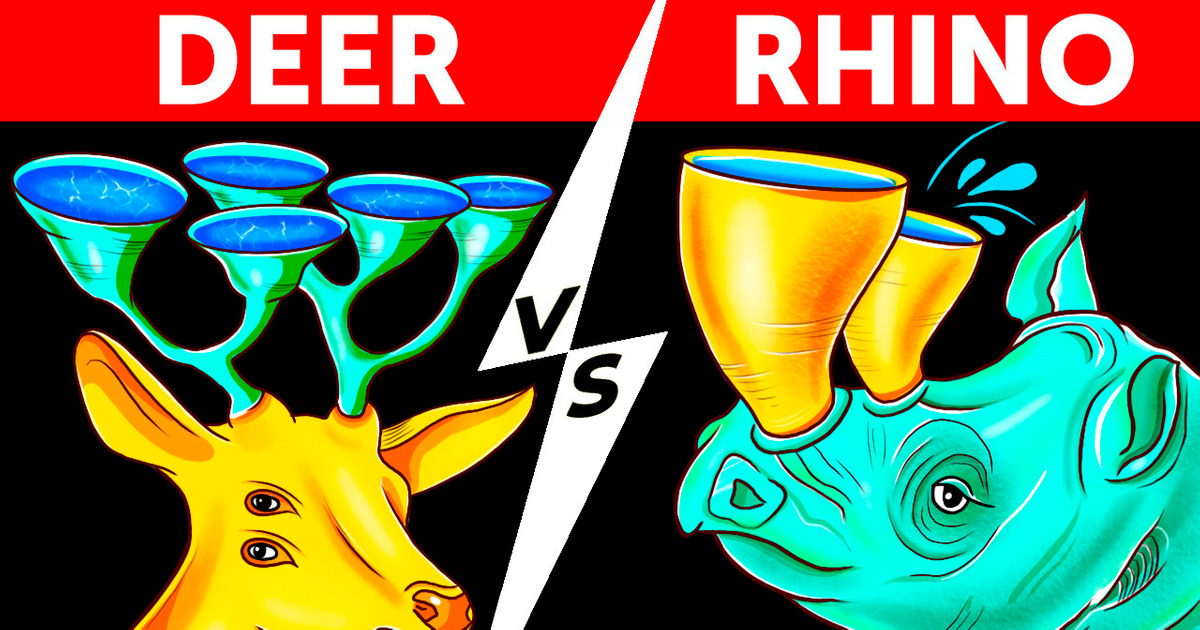
You call your beloved cat to have his dinner. Sir Scratchy! Suddenly, you hear loud stomping. The dishes on the dinner table clink with every thump. A painting’s fallen off the wall! Is it an earthquake? No, that’s a cat the size of a pony walking into the dining room!
It needs ten times as much food as the average cat. And it purrs like a tractor! No, Scratchy, stop rolling, you’ll turn over the cupboard! Well, this is one possible scenario for the evolution of animals in the future. Climate, water, oxygen in the air, and even gravity are factors that influence the course of evolution.
For example, scientists predict that some bird species will gradually lose their warm feathers. In the future, they will basically look like sphinx cats with beaks and wings. The same thing might happen to our pets. Gradually, their fur will become shorter until they’re completely bald.
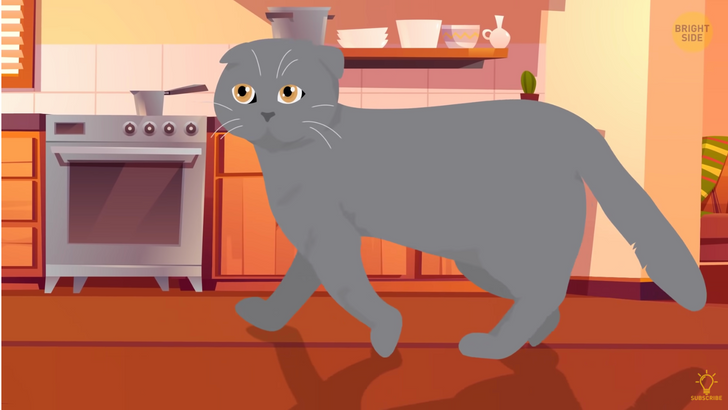
Urban pests like pigeons and rats will become even bigger, the size of a cat. A few million years ago, rats were barely the size of your little finger. That’s because they hid in small burrows, and had to be nearly invisible to large predators. Now, they live in comfortable cellars that humans have built. They can create cozy nests there. And the large amount of food in trash cans keeps them from starving. So they feel quite comfortable and continue to grow in size. Even more, rats have already developed oily fur so that dirty or toxic water can run off them without harming the rodents themselves.
Plant-eating mammals, on the other hand, might have it worse. Their food will gradually diminish. With time, there will be fewer forests and greenery on the planet, and some plants will disappear altogether. Eventually, animals like deer, elephants, giraffes, and others will get smaller and smaller because of the lack of food. In addition to shrinking, mammals will have smaller eyes, so they don’t lose water from their bodies. And their ears will become larger to lose heat through them. Their tails will grow longer to swat away insects.
As land mammals become smaller, birds will increase in size. That’s because they’ll be able to include shrinking animals in their diet. And the muscles of birds will become much stronger because they’ll have to fly long distances in search of food. Animals in hot and dry places are more likely to learn how to get water from the air. To do so, they’ll need long “sails” or skin flaps. Early in the morning, when the air is coolest, moisture will accumulate on these new body parts. And some lizards will evolve their collars to a much larger size. Then they’ll be able to collect more rainwater.
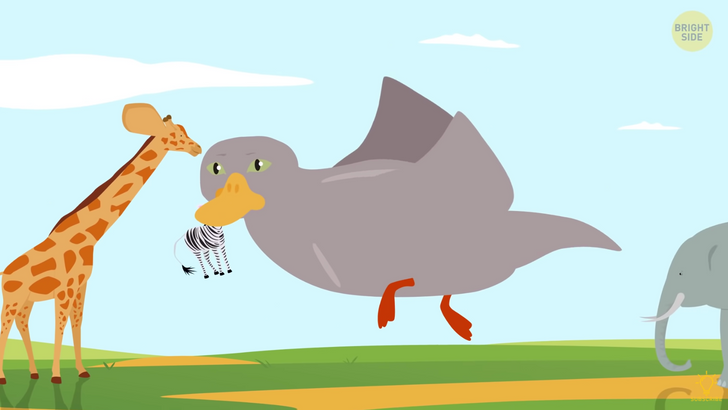
As for the marine world, we can already see some fish jumping out of the water to catch insects. In the course of evolution, fish fins may become longer and stronger so that they can leap further. And gradually, those fins will turn into wings to make them truly flying fish. Perhaps in the future, these fish will hunt small birds. To do that, they’ll learn to hold their breath for longer and fly much higher.
But the big fish and marine mammals will have a hard time. The ocean will heat up, and some species will begin to disappear. The largest inhabitant of the aquatic world, the blue whale, which is the size of two school buses, will shrink in size because there will be less food for it in the ocean.
But the population of lizards and reptiles will thrive. They’re good at absorbing heat. And with climate change, there will be more insects on our planet, which means more food for lizards. They’ll start to increase in size. But now, they’ll have to defend themselves against big birds. Their legs will become longer and stronger. So they’ll be able to run a lot faster and not get eaten by a bird.
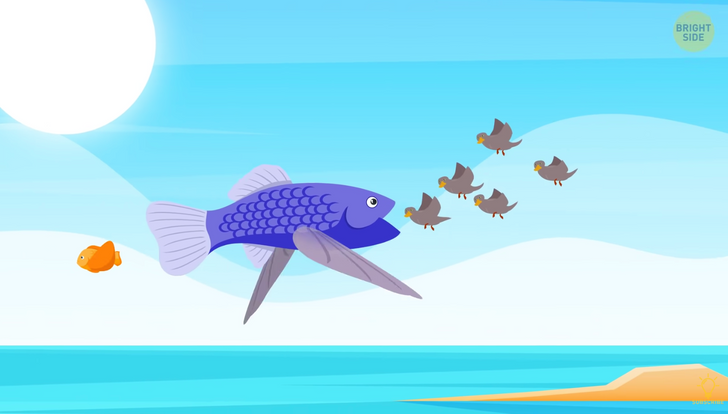
And the insects... They’ll just explode. Insects will probably live in huge swarms and fly around looking for food. And they’ll be angry and hungry because their usual source of food, mammals, will have either ceased to exist or shrunk in size.
Humans will change, too. Scientists predict that between 1,000 and 1 million years from now, we will completely lose our hair. Our limbs will become thinner and longer. And we’ll be about [7 ft (2.1 m)] 7 feet tall. Our feet will most likely lose their toes because they’re no longer needed to keep our balance. Our head and brain will become more like a balloon. And our lifespan will be more than 100 years.
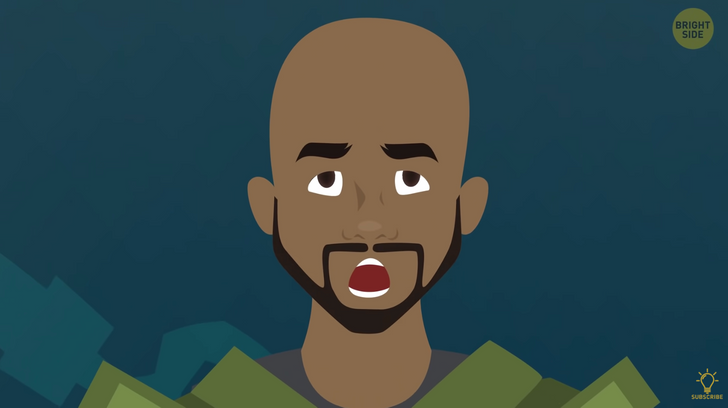
Because humans are at the top of the food chain and don’t take part in natural selection, we’ll gradually become similar to each other. In tens of millions of years, all humans will probably look the same. Plus, we’re developing genetic engineering technology. Luminous rabbits, incredibly sized cows, web-weaving goats, super muscular pigs, and more.
But we’re more interested in how animals will evolve on their own. So fast-forward ahead in time. Humans have long-lived on other planets and in other galaxies. Earth has long since become home only to animals and plants. The only traces of humans here are giant cities made of metal and concrete that are buried deep underground.
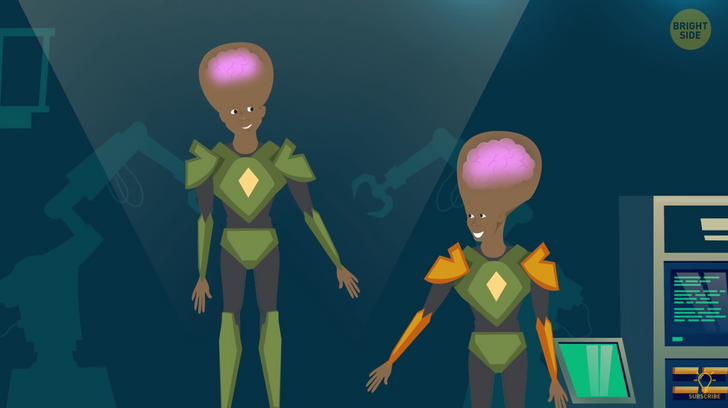
And up there, incredible creatures like the Necropteryx live. It’s something between an ostrich and a vulture the size of an adult human. Its long and powerful beak is its main tool for protection against predators and for eating. Their strong legs with long claws make them excellent runners. This creature can walk dozens of miles in a day. Necropteryx needs warm fur or feathers. Without humans and the greenhouse effect, the temperature on Earth has dropped. But with a warm jacket, they’ll be able to survive even a new ice age. And like ostriches, they reproduce by laying eggs.
This is a parashrew. It’s like a common shrew a couple of inches long. But it has an unusual feature — a parachute on its tail. While little, they live in their parents’ nests. But when they leave them, they launch themselves into the air and then open a parachute made of thin fur. The warm currents of air rise up and carry them. They can spend up to 24 hours in the air. Then, they’ll nest elsewhere, and their babies will leave their home the same way.
Wakka. This animal looks like a striped giraffe with only two legs. It’ll be one of the fastest creatures on our planet. No predator can beat it in a race. Plus, their eyes are perched high on their head. And with its long neck, the Wakka can see a threat even when sitting in tall grass.
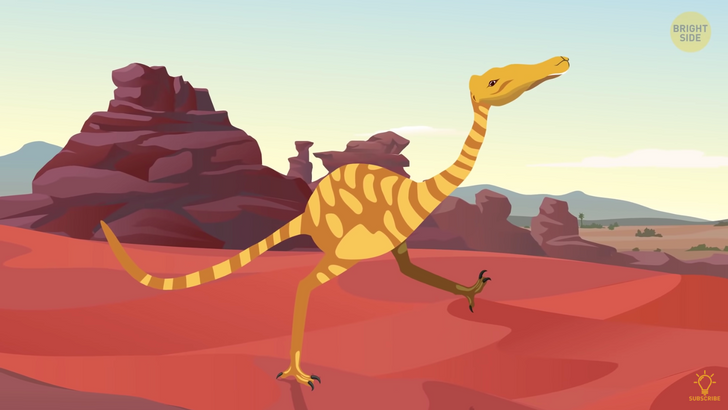
Terabytes are descendants of termites that will appear on Earth in 200 million years. If they see a threat, they’ll spew a stream of chemicals, something like acid, from their huge head. Even the biggest predators will be afraid to approach them.
Reedstilts are about [3.5 ft (1 m)] 3.5 feet tall and weigh almost as much as an adult human. Thanks to its striped coloring, a Reedstilt is almost invisible in the reeds. It walks on its thin legs through marshy terrain and feeds on small fish. Its long neck and sharp teeth allow it to dash into the water almost cobra-like. It catches fish and swallows them almost whole.
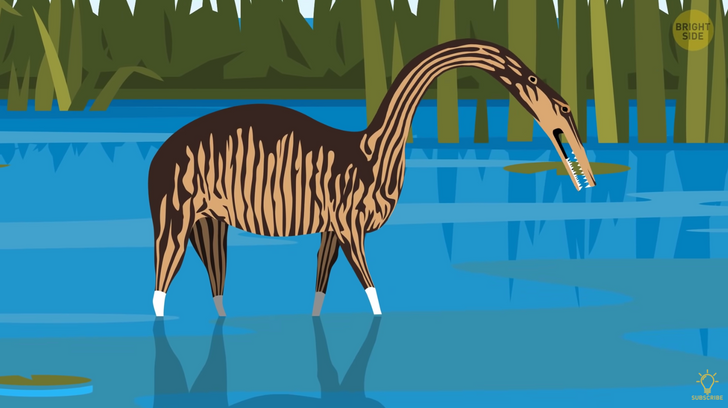
But all of these predictions are very speculative. There are billions of factors that influence the course of evolution. The course of evolution could go the other way at any time.
For example, an asteroid hits the Earth, causing a mass extinction and changing our planet’s climate. A small percentage of surviving organisms begin to adapt to the new conditions. In a few million years, we’ll have animals that none of us could have even imagined.











